Chem 131 Exam 3 🤬
1/41
Earn XP
Description and Tags
Hate
Name | Mastery | Learn | Test | Matching | Spaced |
|---|
No study sessions yet.
42 Terms
When is it appropriate to form double or triple bonds in a Lewis structure?
When the central atom does not have an octet of electrons
How many covalent bonds are usually formed by the element C?
four covalent bonds because it has four valence electrons and needs four more to complete its octet. (common pattern for atoms in Group 14)
State the number of valence electrons in a chlorine atom.
7
State the total number of valence electrons in O2.
12 (one oxygen has 6)
If the electronegativity difference is small the bond is
nonpolar covalent
Nonpolar Geometries (symmetric)
Linear, Trigonal Planar, Tetrahedral, Trigonal bipyramidal, Octahedral, Linear, Square planar
Polar Geometries (asymmetrical)
Bent, Trigonal pyramidal, Seesaw, T-shaped, Square pyramidal, Distorted octahedral
Bonding Order
Non-bonding - antibonding / 2
What elements can form an expanded octet?
silicon, phosphorus, sulfur, chlorine, bromine, and iodine
how many electron groups in AB2?
2
Steric # =
lone pairs + bonded atoms
2 bonds, 0 lone pairs, 180 degrees (AB2) (Ex: BeCl2, HgCl2, CO2)
linear
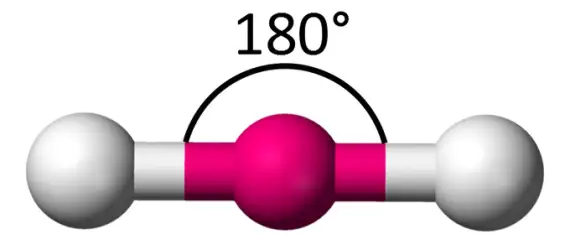
120 degreess, sp2, 3 bonds, 0 lone pairs (AB3) (Ex: BF3, CO32-, SO3)
trigonal planar

2 bonds, 1 lone pair, slightly less than 120 bond angle, AB2E type (Ex. SO2)
Bent/V-shaped
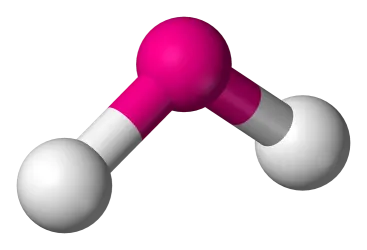
109.5 degrees 4 bonds, 0 lone pairs (AB4) (Ex: CH4, XeO4, PO43-)
tetrahedral
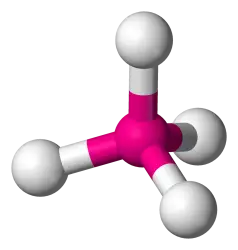
107.5 degrees, 3 bonds, 1 lone pair (AB3E) (Ex: NH3)
Trigonal Pyramidal
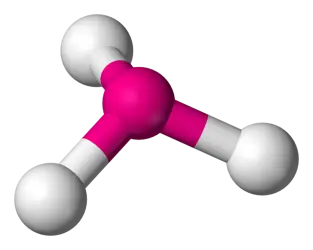
104.5 degrees 2 bonds, 2 lone pairs (AB2E2) (Ex: H2O)
Tetrahedral bent

4 bonds, 1 lone pair (AX4E) (ex: SF4)
Seesaw
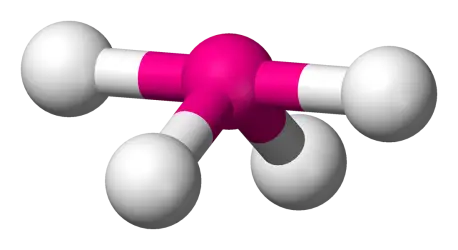
3 bonds, 2 lone pairs, about 90 bond angle, AB3E2 type Ex. ClF3
T-shaped
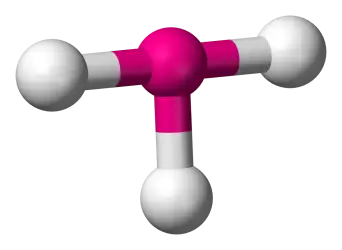
2 bonds, 3 lone pairs (AB2E3) (Ex: XeF2)
linear (trigonal bipyramidal)
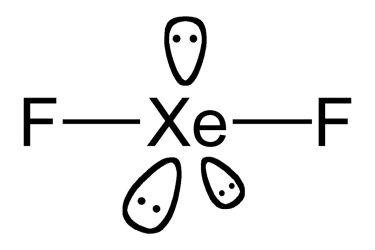
6 bonds, 0 lone pairs (AB6) (Ex: SF6)
Octahedral
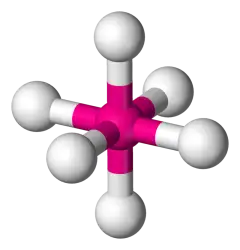
5 bonds, 1 lone pair, (AB5E) (Ex: BrF5)
Square Pyramidal
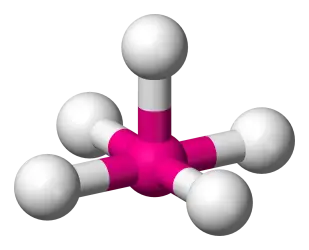
4 bonds, 2 lone pairs (AB4E2) (Ex: XeF4)
Square Planar
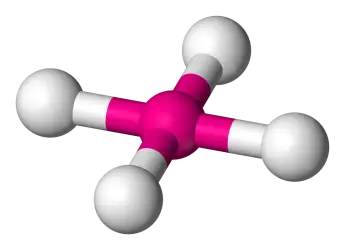
bent angle with one lone pair
~120 degrees
bent angles with two lone pairs
107.5 degrees
The orientation in space of an atomic orbital is associated with
the magnetic quantum number (m1)
When a bond is broken
energy is absorbed
When a bond is formed
energy is released
Nonpolar
symmetrical
polar
asymmetrical
s orbitals
Helium and groups 1-2
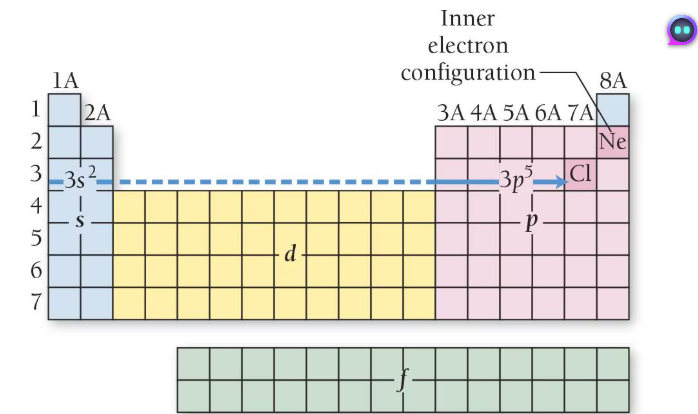
p -orbital
Groups 13-18
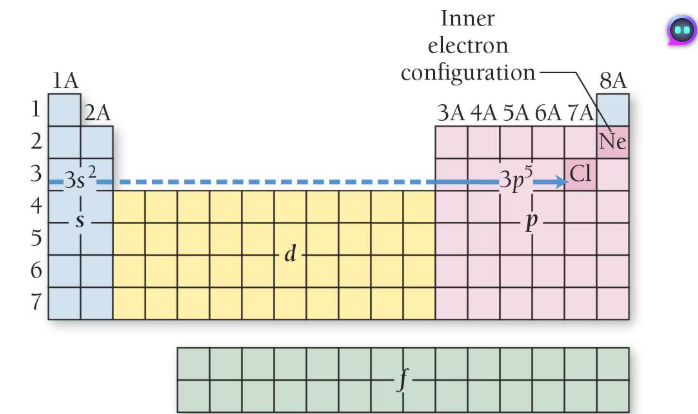
d orbital
Groups 3-12
f orbital
Groups 5-18 (lower levels)
Atomic Radius
Moving down: increases (size of outermost occupied orbital increases)
Moving across (left): decreases (Effective nuclear charge increases)
First ionization energy
Moving down: Decreasing (outermost electrons further away from nucleus)
Moving across: Increasing (Effective nuclear charge increases)
Electron affinity
Moving Up: Decreasing/more negative
Moving across (right): Decreasing/more negative (effective nuclear charge increases)
Metallic character
Moving Down: Increasing (ionization energy decreases)
Moving Across (right): Decreasing (ionization energy increases)
Ionization energy
Going Up: increases
Going Across (right): increases
Copper and Chromium Columns Exception Rule
remove s orbital electron and put it in p orbital
Bonds broken are positive because
energy is being absorbed
Bonds formed are negative because
energy is being released